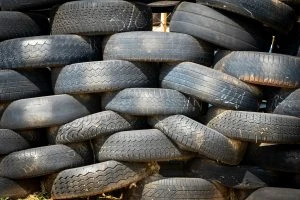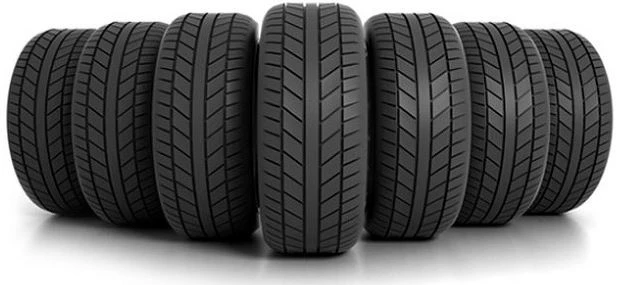Get More Life Out Of Your Tyres

We’re all facing rising costs for this, that and the other thing, and tyres aren’t cheap. I think that the car wears more expensive “shoes” than I do. You should never, ever skimp on tyres and get about on rubber with a barely legal tread depth. However, nobody wants to spend more than they have to, so how can you extend the life of your tyres so you get the most out of them and they last as long as possible?
Rotate your tyres regularly. This means every 10,000–13,000 or thereabouts. How do you rotate your tyres? This depends on your drivetrain, and whether or not you use directional tyres (i.e., left-hand and right-hand tyres). The instructions sound like dance steps but they’re a lot easier. If you get easily muddled, then mark your tyres with chalk before you start (e.g., FL for front left, etc.).
- For a front wheel drive vehicle, the front tyres go to the back on the same side. Then the back tyres go to the front and the opposite side (i.e., they swap diagonally).
- For a rear wheel drive vehicle, the rear tyres go to the front on the same side. Then the front tyres go to the back on the opposite side (i.e., a diagonal swap).
- For a 4×4, front left swaps places with rear right, and front right swaps with rear left (everything swaps diagonally)
- With directional tyres, the left-hand tyres swap places with each other. The same happens on the right.
Get your wheels aligned if you notice problems. The problem usually shows up in two main ways. The first is if you spot irregular wear on your tyres. You’ll only spot this if you check your tyres regularly, which is something we should all do. The other way that poor alignment shows up is if your car pulls to one side. To test this, find a nice straight bit of road that’s fairly empty, position yourself in the middle of your lane and let go of the steering wheel (you may want to disable any driver aids such as lane keeping assistance). If your car pulls to one side, rather like my dog catching a sniff of a dropped fast food wrapper on the side of the road, then your alignment is out of whack and needs tweaking.
Use the right tyre pressure. The right pressure will depend on the individual tyre, your type of vehicle, whether or not you’re towing and even the temperature. Get to know what your car needs – you’ll probably find this in the driver’s handbook that came with your car, probably in the glovebox – and check it on a regular basis. Maybe not every time you stop to top up, but more often than you get the oil changed.
Don’t drive aggressively. OK, when you were in your late teens or early twenties, it might have seemed super cool to rev off and screech to a halt in a way that left black marks on the road, but you know what those black marks are made of, don’t you? That’s bits of your tyres left on the surface of the road, meaning that your tyre won’t have lasted as long as it would have. Enjoy your driving by all means, but grow up a bit and don’t be so forceful in how you start and stop. It’s easier on your car as a whole and also helps with your fuel bill (something we can all do a bit more of these days).
If stuck, don’t keep spinning. We’ve all been there now and again, especially if you like a bit of off-road driving. You get a wheel into somewhere it loses traction and it starts spinning. If you’re like most people, you’ll put your foot down and spin it some more just in case it grabs and moves this time. Unfortunately, slipping is slipping, and the only things you’ll do are (a) wear your tyres down a bit more than you would have and (b) dig yourself in deeper. Instead, get out, have a look at how you’re stuck and see what you can do.
If your car is parked up for a long time, or if you have a set of tyres in storage, keep them at the right temperature (i.e., not too hot) and out of the direct sunlight, as UV breaks down the rubber compounds in the tyres, leading to what is known as dry rot.
Don’t carry too much in your car. The more weight your tyres have to support, the quicker they’ll wear out. Although we all need to take big loads now and then, the less you can cart about on a regular basis, the better it will be for your tyres and for your fuel bill (these two often go together). For those of you who drive BEVs, don’t get too smug about the fuel bill thing – reducing the weight you cart about will also get you more range from a single change. It’s simple physics, folks!
Avoid the rough stuff. In some cases, you can’t avoid rough roads simply because of where you live. However, if you can avoid potholes, ruts, etc., this will help your tyres last longer. It would be nice if there were fewer of these potholes, etc. but that’s another story. At best, the rough stuff can wear at your tyres more; at worst, going into a pothole can slash the side of your tyre (ask me how I know this…).
However, even if you do all these things, the Second Law of Thermodynamics decrees that your tyres will eventually wear out and need replacing. When that time comes, as stated above, don’t skimp or try driving on worn tyres. It’s just not worth it.
